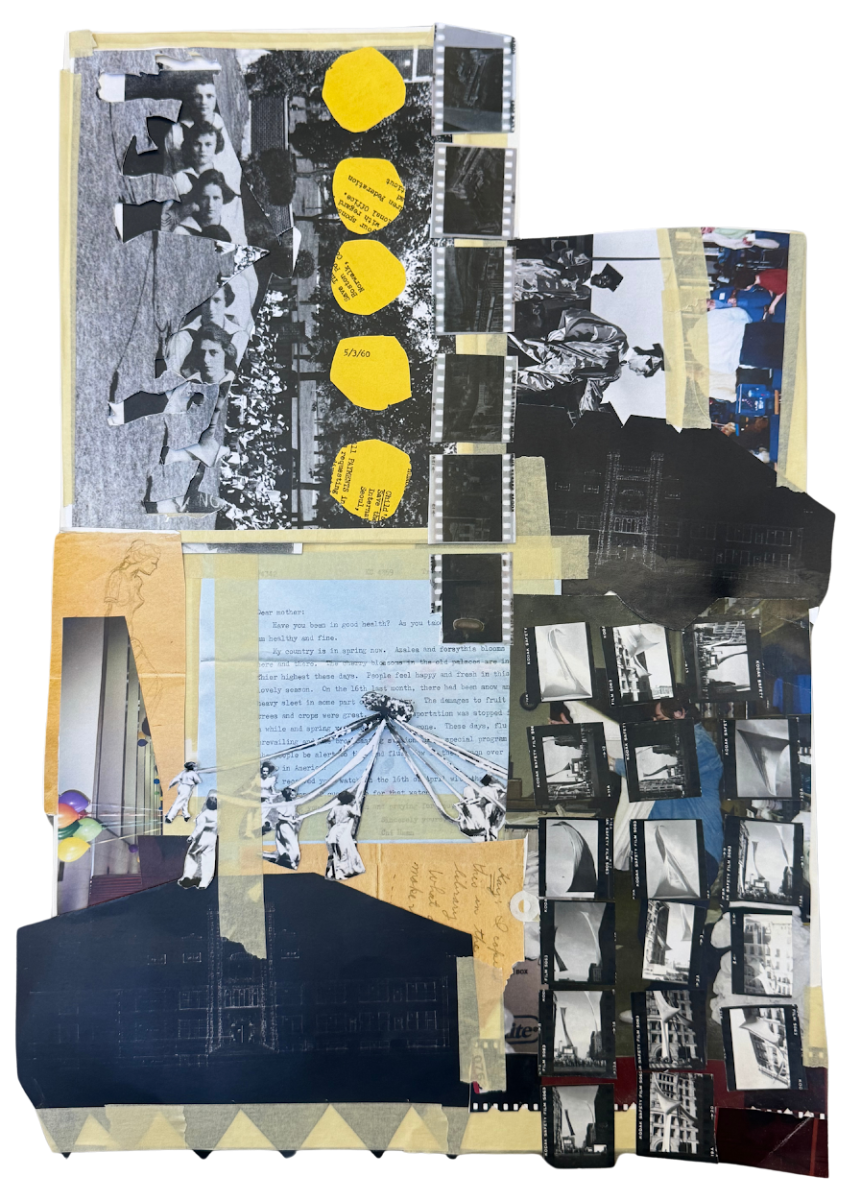Beginning in 2016, the gilded and secure gates of Buckingham Palace were cast ajar through Netflix’s Original Series: The Crown. Ever since season one, viewers have followed Queen Elizabeth II’s reign as monarch since the 1940s.
The series has captivated audiences for its capability to humanize the British Royal Family and offers a researched account of their most personal and public events over the past decades.
In all honesty, I did not begin watching the series until this summer, after seasons one through three had long been debuted. I found the introduction to the series and early episodes somber and slow. However, I think this portrayal of the early years of Queen Elizabeth II’s reign and ascension to the throne reveals the devastating aspect of becoming Queen: grieving from the death of a parent, in this particular scenario. It is this tragic moment that immediately humanizes the unimaginable role of being arguably the most prominent monarch in the world today.
I quickly became unable to stop watching The Crown, fascinated by the historical chronicling of the family and the lives of the subsequent heirs to the throne and their siblings. Town & Country Magazine states, “The show’s most iconic scenes tend to highlight the bits of history that weren’t documented [at the time they occurred].”
The generally glorified portrayal of the British Royal Family in the press is a bit subdued in the series; however, I believe that this decision makes the family more relatable in a rather unique way. There is love, tragedy, hope, and despair-all human emotions that every family experiences.
And for that reason, I was eager to watch season four of The Crown, which was released on Nov. 15. I was eager to learn more about the complex relationship between Prime Minister Margaret Thatcher and the Queen, along with Charles, Camilla, and Diana. As the show progresses, I became more familiar with the characters and the plot, which makes it more engaging.
In particular, I was impressed by the iconic recreation of costumes, specifically that of Princess Diana’s wardrobe. The set and costumes transport you to the moment of the storyteller, inviting you into a special piece of history. Princess Diana’s engagement attire and wedding dress both symbolize the beginning of a painful relationship and the beginning of her spotlight.
Although it is a drama, the timeline of the story is relatively accurate. The intimate conversations may be embellished, but the overarching themes and significant events are based in history.
I remain intrigued by the hidden stories of the British Royal Family that are portrayed in the modern era but reminiscent of their actual time. It is for this reason that I excitedly await future episodes that will be revealing information about events that occur today.










